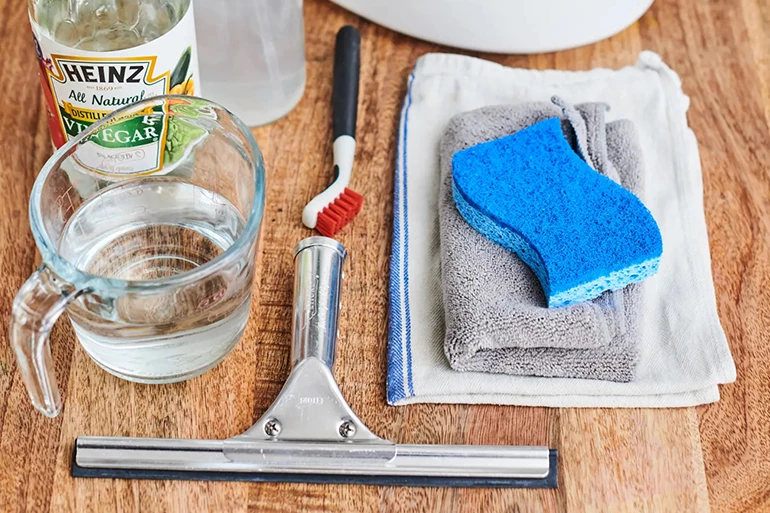Tips For Gas Fireplace Maintenance
If you have a gas fireplace, you may have bought it simply because it doesn't require as much maintenance as a wood fireplace. While that is true, there are still a few things you need to check every so often to avoid permanent damage to your fireplace.
In this article, we will review things you can do before every fire, before each burn season, and every year to ensure your gas fireplace stays in good working order.
First, what should you do before every fire?
You can start by looking for dust inside your fireplace or on the glass. Removing all dirt and debris is a good first step to prevent buildup in gas logs or the gas burner system. Next, check for any gas logs that may have shifted out of place while cleaning or burning. Your owner's manual will usually depict a photo of the proper log arrangement and most log sets have pins or recesses to guide their setup.
-

- cleaning a gas fireplace
It is important that they stay in the right placement so they aren't covering burner tubes or restricting gas flow. Finally, once everything is dusted and the door back in position, for direct vent fireplaces ), check for any looseness in the fit of the door and adjust as needed. The glass ensures cold air isn't pulled in through the opening of the fireplace, creating a vacuum that sucks heat out of your room. So, you will want to tighten any loose pieces and make sure cold air only enters through the venting system. Most models have spring clamps that hold the door tightly closed, but the threaded bolts or nuts that adjust spring tightness can become loose over time. Tightening them with an adjustable wrench or ratchet is an easy fix.

